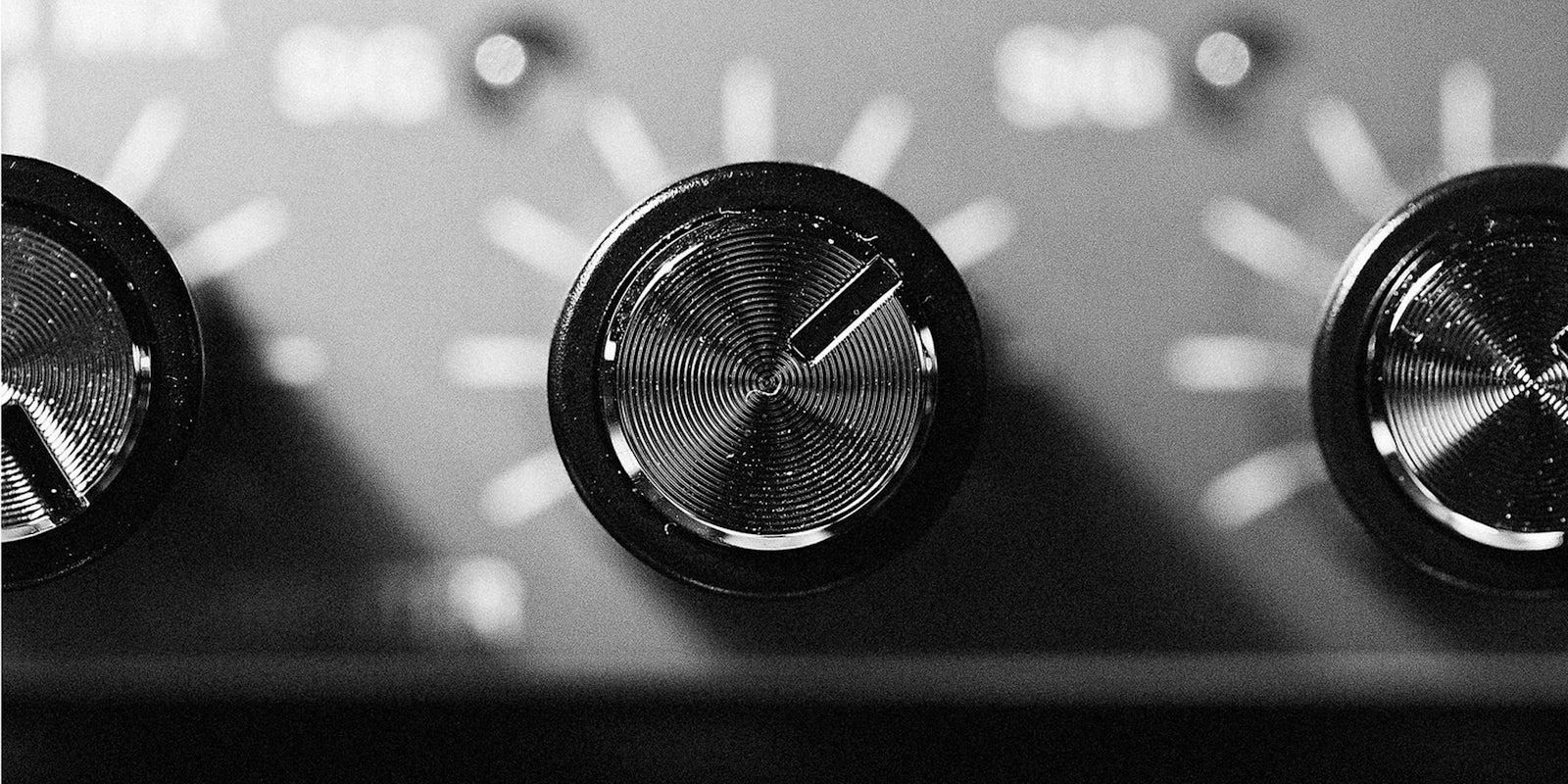The art of the mix tape might not be dead after all.
In the era of on-demand digital music, business is booming for one of the last companies to actually make cassette tapes.
National Audio Company, the largest of the handful of companies still making audio cassettes, was founded in 1969 in Springfield, Missouri and began producing cassettes in 1980. Despite producing a product whose technology has been thought of as obsolete for several decades, NAC sold upwards of 10 million tapes in 2014 and their profits are up 20 percent.
Steve Stepp, the president of the company, which bills itself as “The Great American Cassette Company,” credits their success to the power of nostalgia.
“You might think it’s the older demographic powering this,” Stepp said. “But it’s not. It’s the under 35 age group. They grew up listening to MP3s on earbuds and thought that’s what music sounded like.
“Then they listened to their grandpa’s vinyl LPs or cassette tapes and that group has now decided that’s what music should sound like, and the art is important on the packages as well. We have a very loyal audience. They experienced digital and now they have experienced analogue.”
NAC’s production lines are full of still-functional machines built in the 70s, a nostalgic technology made by other nostalgic technology.
70 percent of their annual product—and this may be the most surprising thing of all—is recorded music cassettes produced for large companies like Sony and Universal, as well as smaller contracts with indie labels, who favor tape for its “warm, analogue sound.” Only 30 percent are blank tapes.
Cassette tapes debuted over 50 years ago, in 1963. About five years ago, Stepp told the Daily Dot, interest in tapes picked up again. This followed a downturn in demand that began in about 1995 with the apparent triumph of CDs. In that trough between the downturn and the uptick, NAC had gone around the country buying up the machinery that made the tapes, as duplication houses and record labels turned their backs.
In the event that you might think this a quick, hipster-driven bubble, there is one aspect of the new cassette culture that indicates it is not.
In around 2010, indie label heads told Stepp they were having to go out to garage sales to find tape decks that allowed them to play the tapes they liked. So Stepp approached Tascam TEAC, the one time 600 pound gorilla of tape deck manufacturing, and asked them if they would retool their line and start building decks again. They initially had no interest, but last year that is excatly what they began to do.
“They’re not going to do that for a six month phenomenon,” said Stepp. “We are acting as distributors for them and we are selling them as fast as we can get them in, by the pallette!”
Convenience dictates much of our technology use. Who wants to have to stick around home waiting for a phone call—or rely on a clumsy machine to take messages—when we have phones verging on full computers that ride in a pocket?
But music is not something we have to do, it’s something we get to do. And sometimes tactility connects us further to the art we consume.
H/T Boing Boing | Photo by jDevaun/flickr (CC BY-ND 2.0)
